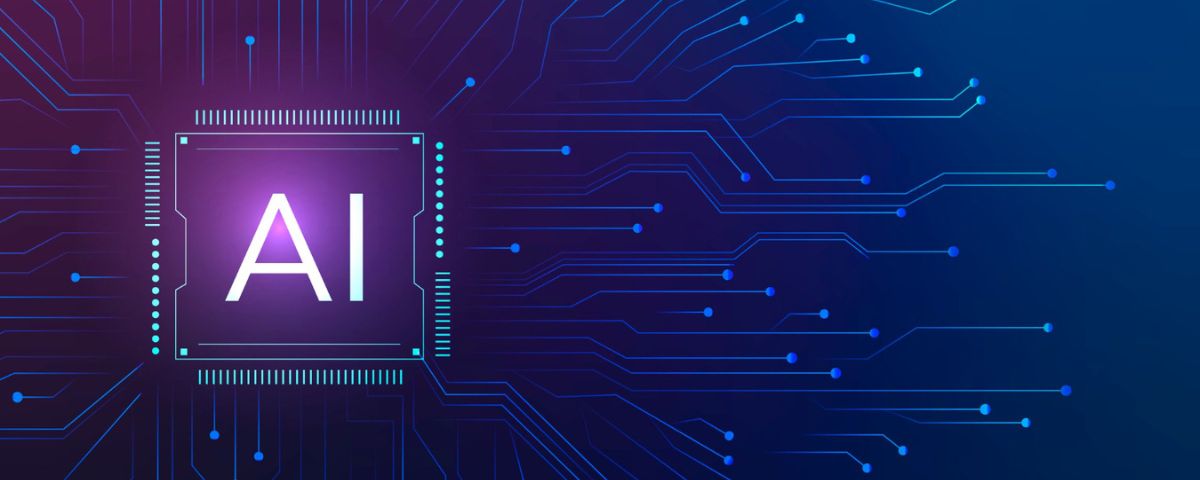
In the dynamic landscape of telecommunications, the infusion of artificial intelligence (AI) into network operations stands as a transformative catalyst, reshaping the very essence of network functionality and evolution. As we navigate this transformative era, the integration of AI promises to usher in enhanced efficiency, performance, and a visionary leap into a future where networks are not only more intelligent and responsive but also more sustainable.
This visionary outlook is not merely a speculation of future possibilities but a culmination of relentless innovation, research, and real-world applications. As the digital age continues to expand, the symbiotic relationship between AI and network operations is poised to redefine the boundaries of possibility, ensuring that networks are not only faster and more reliable but also smarter and more adaptive to the evolving needs of the modern world.
Harnessing the Power of AI-driven Networks
The integration of AI into network operations transcends mere speed and efficiency; it entails a reimagination of the fundamental framework through which networks function and adapt. As AI-driven networks become increasingly prevalent, they introduce a myriad of innovative use cases, each poised to revolutionize our interaction with digital ecosystems.
1. Digital Twins: The innovative deployment of digital twins in network management offers a powerful tool for simulation and analysis. These virtual replicas enable network operators to anticipate performance under diverse scenarios, identify potential issues, and optimize traffic flows, all while minimizing real-world risks. Enhanced by AI’s predictive analytics, this approach ensures networks remain robust and agile, adapting in real-time to maintain peak performance.
2. Autonomous Networks: The advent of autonomous networks, seamlessly integrated with AI, marks another paradigm shift. These networks aim to redefine network services through full automation, zero-wait, zero-touch, and zero-trouble operations. With self-configuration, self-healing, self-optimizing, and self-evolving capabilities, autonomous networks embody the convergence of AI and network operations, ushering in a new era of efficiency and adaptability.
3. Intelligent Sensing: The evolution of intelligent sensing, empowered by AI, exemplifies the precision and optimization AI brings to network operations. Technologies such as adaptive beamforming dynamically adjust signal direction and strength, optimizing network coverage and capacity in response to fluctuating demand. This targeted approach ensures networks not only meet user needs but anticipate and adapt to them, enhancing overall efficiency and user experience.
Security and Privacy Considerations
As networks become increasingly intelligent and data-intensive, ensuring secure data transfer and storage becomes paramount. Robust security measures, from edge processing to encrypted VPN connections, are essential to prevent potential breaches and unauthorized access, especially when third-party applications are involved.
Moreover, as AI’s role in network optimization expands, safeguarding user privacy becomes equally critical. Granular insights into network behavior must be anonymized and used solely for their intended purpose, striking a delicate balance between optimization and privacy to build trust in AI-driven networks.
The Case for Adaptive AI
Recognizing the unique configurations and behavioral patterns of each network, adaptive AI models tailor optimization strategies to specific network contexts. By leveraging this customization, adaptive AI ensures precise and effective resource allocation, dynamic responsiveness to real-time demands, and optimal performance across diverse network environments.
Prominent Use Cases in the Telecom Industry
The telecom industry embraces network AI through various use cases, including traffic steering, network energy saving, mobility optimization, anomaly detection, root cause analysis, capacity planning, and spectrum management. These applications underscore the transformative potential of AI-driven network optimization in enhancing efficiency, scalability, and user satisfaction.
Future-proofing Strategies
Enterprises are proactively implementing future-proofing strategies, focusing on research and development to explore cutting-edge solutions and capitalize on emerging trends. A phased approach to upgrading legacy systems allows businesses to seamlessly integrate new capabilities while minimizing disruptions, ensuring networks are optimized for both present and future challenges.
Ethical and Responsible Implementation
As we embark on this journey of technological advancement, it is imperative to prioritize ethical and responsible implementation. Industry leaders must continually question, refine, and ensure that AI-driven innovations benefit all stakeholders without compromising trust and security. By upholding these principles, we can navigate the convergence of AI and network operations toward a harmonious digital ecosystem.



